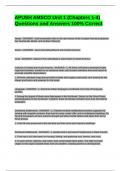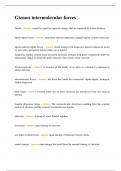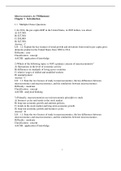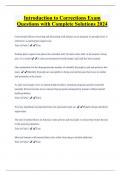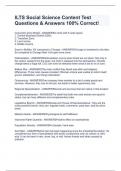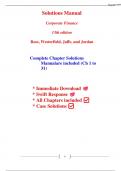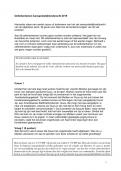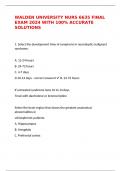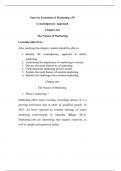Exam (elaborations)
APUSH AMSCO Unit 1 (Chapters 1-4) Questions and Answers 100% Correct
- Module
- Institution
APUSH AMSCO Unit 1 (Chapters 1-4) Questions and Answers 100% CorrectAPUSH AMSCO Unit 1 (Chapters 1-4) Questions and Answers 100% CorrectAPUSH AMSCO Unit 1 (Chapters 1-4) Questions and Answers 100% CorrectAPUSH AMSCO Unit 1 (Chapters 1-4) Questions and Answers 100% Correct Mayas - ANSWER - built re...
[Show more]
